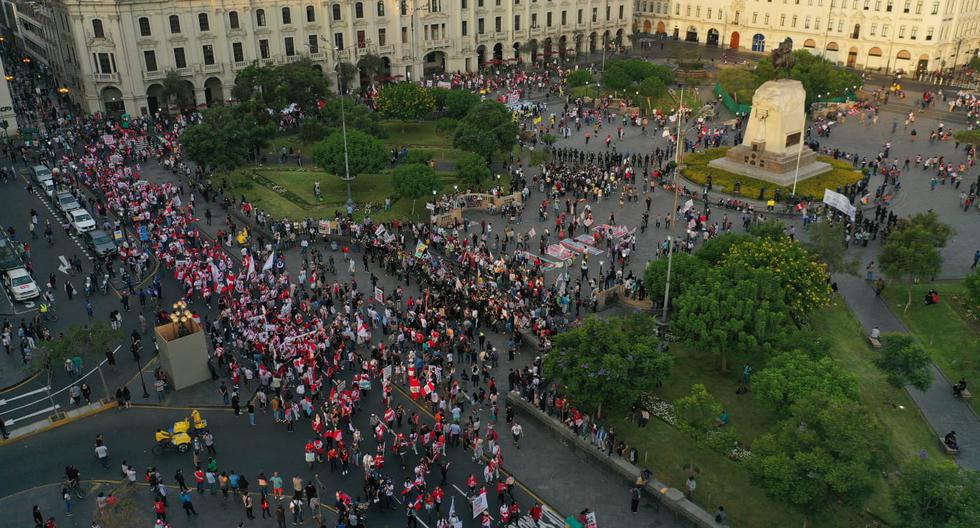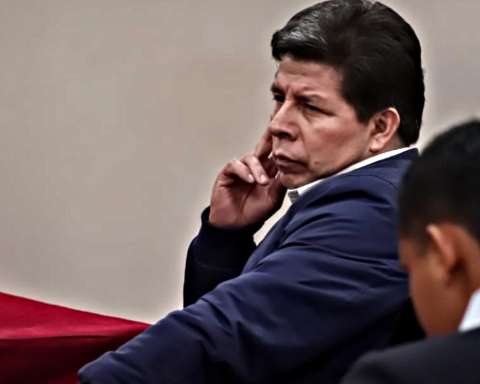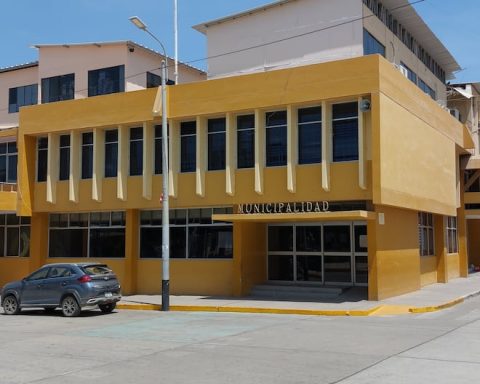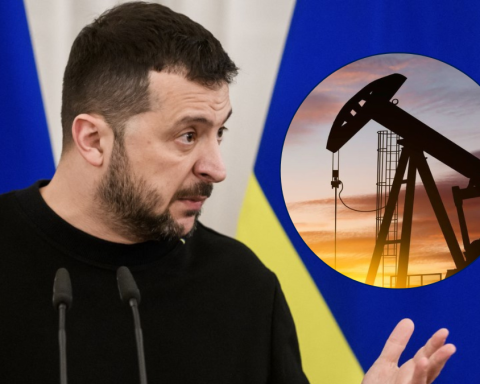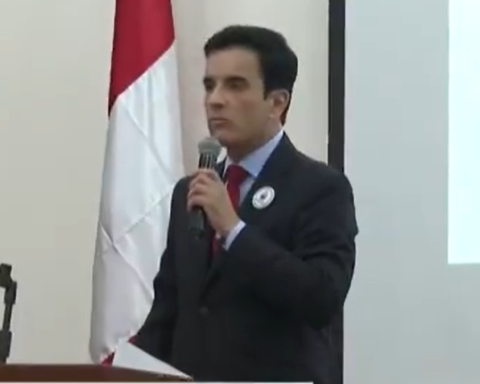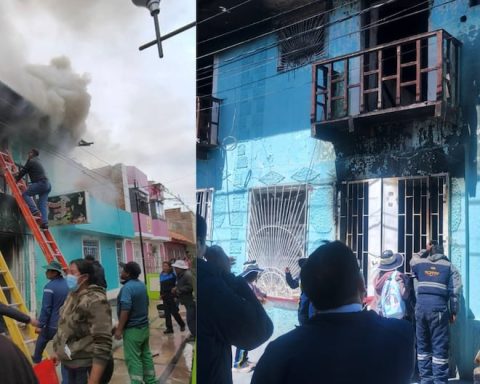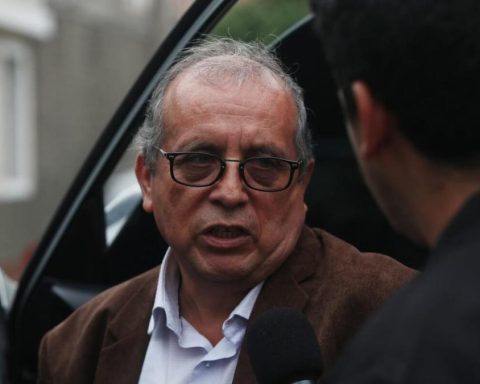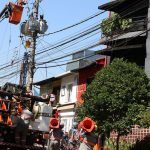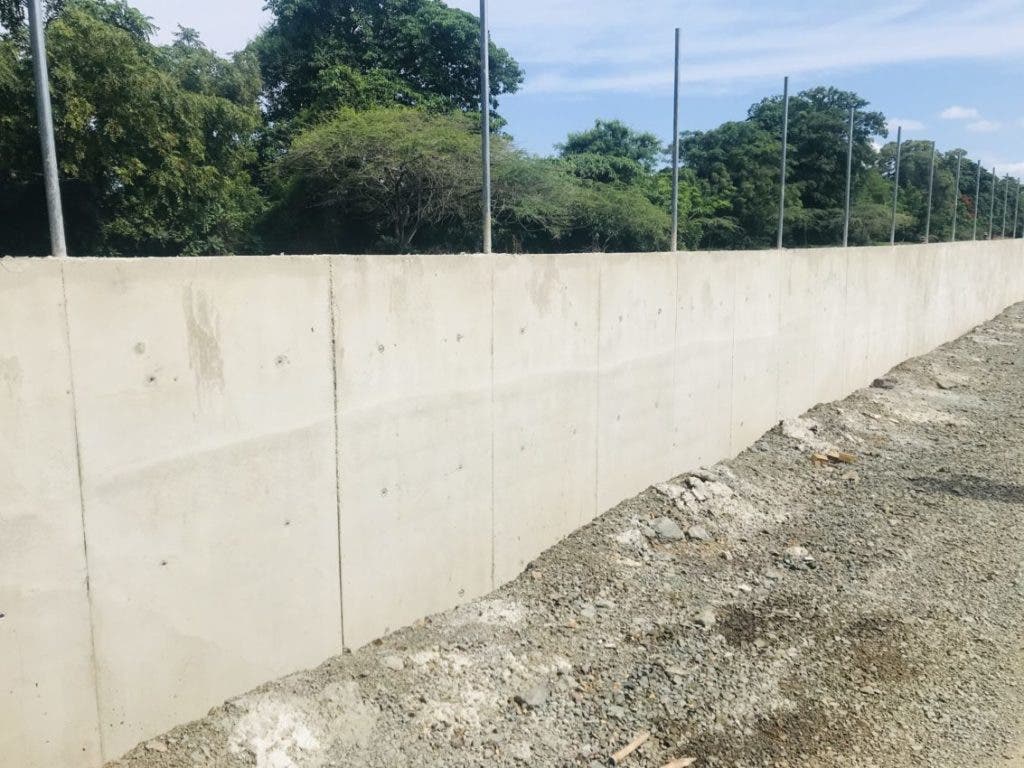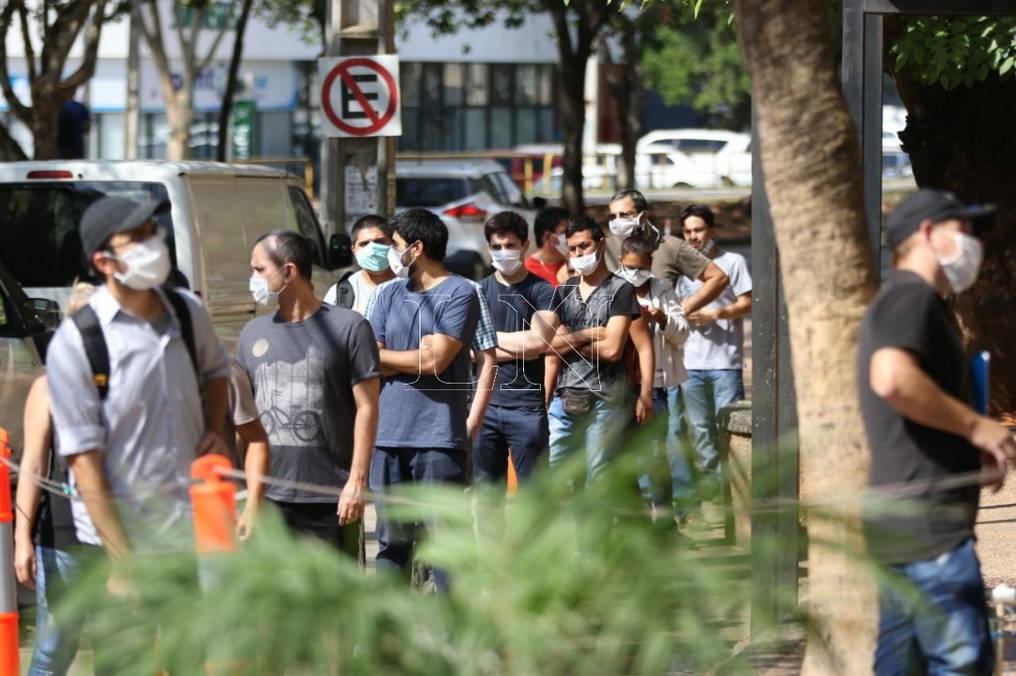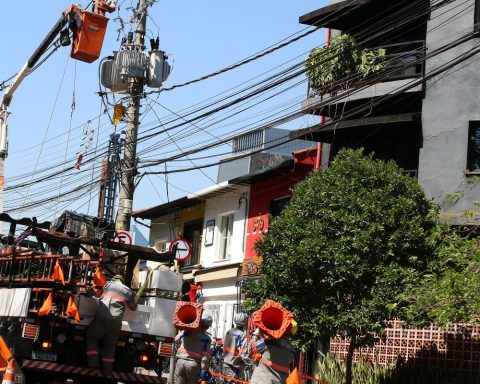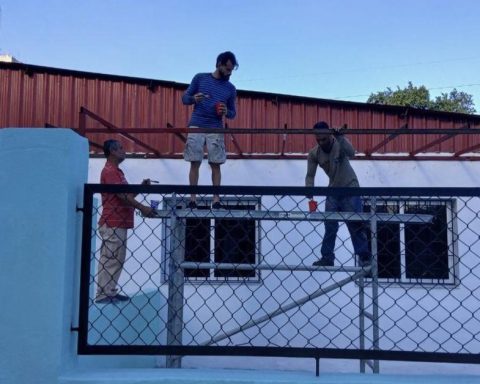This is indicated by the latest Ipsos survey for Fourth powerpublished on June 12, which indicates that 62% believe that Castillo should resign.
However, the discontent towards the work of the head of state is not reflected in the street. According to the pollster, when asking the reasons why citizens do not go out to march to demand Castillo’s resignation, 35% maintain that it is because people have lost hope “And he does not believe that the country will improve if only Castillo leaves”. Let’s see what other reasons the experts put forward.
political disaffection
If the history of the protests in Peru is analyzed, there are few massive mobilizations that had a real impact on the denounced event, says the political analyst Camila Bozzowho cited as an example the march of the Cuatro Suyos (2000), the march against the ‘Pulpín Law’ (2015) and those of November 2020 against the fleeting government of Manuel Merino.
“Currently, there is such disaffection towards the political class and a generalized rejection, both towards the Executive and the Legislative, that we are seeing that people have decided to stay on the sidelines. The Ipsos survey confirms this. 70% reject Castillo and another 75% Congress, so they think: why ask for changes if they are not going to change anything?”, he held to Peru21.
Bozzo spoke about the civil organizations and groups that –in previous years– were in charge of organizing this type of citizen protests. “In past marches we have seen that there are organizations and above all sectors that are the ones that move the masses. At this moment, we see that they are also staying on the sidelines, looking askance at the Government. There is no leadership in politics that generates the call that is needed at the moment”, he expressed.
Joaquin Kingresearcher and expert in public management, indicated that this lack of political leadership is due –mainly– to the fact that opposition political actors have lost legitimacy in recent years.
“Congress, which is where there is supposed to be citizen representation, has less approval than the president. For a citizen call to have greater strength, that component is needed that generates positive expectations”, manifested.
Rey participated in the march on April 5 of this year, when the government tried to lock up the people of Lima with a curfew.
“The largest mobilization so far by this Government has been against the curfew, but it did not occur for political reasons but for personal involvement. This reflects that young people are away from politics. We are now facing a citizenry that despises the political and prefers to do without it”, he explained.
In his words, there are two reasons why opposition politicians lack leadership. In the first place, because they are not exercising an effective opposition. “Minister Silva was saved when there was already evidence against him. The president himself is not vacated despite his incapacity. We see an opposition that does not exercise political control and, rather, forms alliances based on interests that keep Castillo in power”, he warned.
He added that, “second, insisting on the story of electoral fraud greatly weakened the opposition. As catastrophic as this government is, we have a legitimate president by vote. The questioning of that result greatly affected the groups that were behind”.
Desensitization to acts of corruption
Jorge Yamamoto explains psychological and social factors
The poor reception of the marches and protests against Castillo has an explanation from the social and psychological point of view, and it is due – according to Jorge Yamamoto – to a process of “systematic desensitization” against acts of corruption in the powers of the State.
The social psychologist compared this desensitization to phobias. “If one is exposed to a phobic situation often, the reaction of rejection is reduced. The same thing is happening with corruption in politics.”, he specified to this newspaper.
This would be the reason behind the civil inaction before the journalistic uncoverings and the investigations of the prosecution that put Castillo and his circle of former collaborators in check.
:quality(75)/cloudfront-us-east-1.images.arcpublishing.com/elcomercio/EHT6W6ZVEBDCJNRZWDQQBT57SM.jpeg)
Yamamoto considers that in order to unleash the massive protest reaction that was seen, for example, in November 2020, one has to “strike a chord” that directly triggers the annoyance of the population. “In Colombia or Chile for much less would have already burned Santiago or Bogotá, but it is not that the youth have lost their spirit, it is that there is still no high indignation that mobilizes them. These ‘uncoverings’ have become customary in this government”, he indicated.
Moreover, he assured that this is confirmed in the latest Ipsos survey. “There is a slight drop in disapproval. It is small, but supports the desensitization hypothesis. In this last period there are very serious things, but sensitivity to acts of corruption has already been lost”, he narrowed down.
Likewise, a second social factor that would be on the table is learned hopelessness. “When you try something, many times without obtaining good results, you tend to throw in the towel. That is also happening to the citizen voiceNah,” he lamented.
Analysis: The equation behind the marches
By Alberto Goachet // Publicist and General Director of Trademarks of Fahrenheit DDB
The marches we have seen this year have not been massive. This happens because removing someone from office is not enough to mobilize large masses.
There is an equation behind the marches, which starts from an event that generates indignation, then there is a mobilization against that event and, as a result, a change is generated. In this case, there is no scenario of political leaders who give the population hope for change. The only two ‘leaders’ that are appearing now, are actually in their own dispute for mayor of Lima.
We are facing an orphan of political leadership. The motivation cannot be only the resignation of the president, alternatives are required that give viability to an improvement of the current situation in Peru. The lack of political leaders is increasing resignation, and resignation is the worst thing that can happen to a country, because unlike indignation, resignation generates immobility. This is not the fault of the population, nor of the young people, it is the fault of the politicians who are not giving people reasons to trust them.
Keep in mind
- According to a Datum survey published on June 9 in Peru21, 33% believe that the only way to overcome the current political crisis is to reform the Constitution to advance the elections and renew the Executive and Legislative authorities.
- The same survey states that 71% consider that the Government does not have the capacity to resolve mining conflicts.
- Meanwhile, according to Datum, Castillo began his government with 46% disapproval and in 11 months he already has 71% against him.
- “People see that the marches are called by people with political interests, rather than civil”, Camila Bozzo said.
RECOMMENDED VIDEO
:quality(75)/cdn.jwplayer.com/v2/media/51Do0kL0/poster.jpg)
